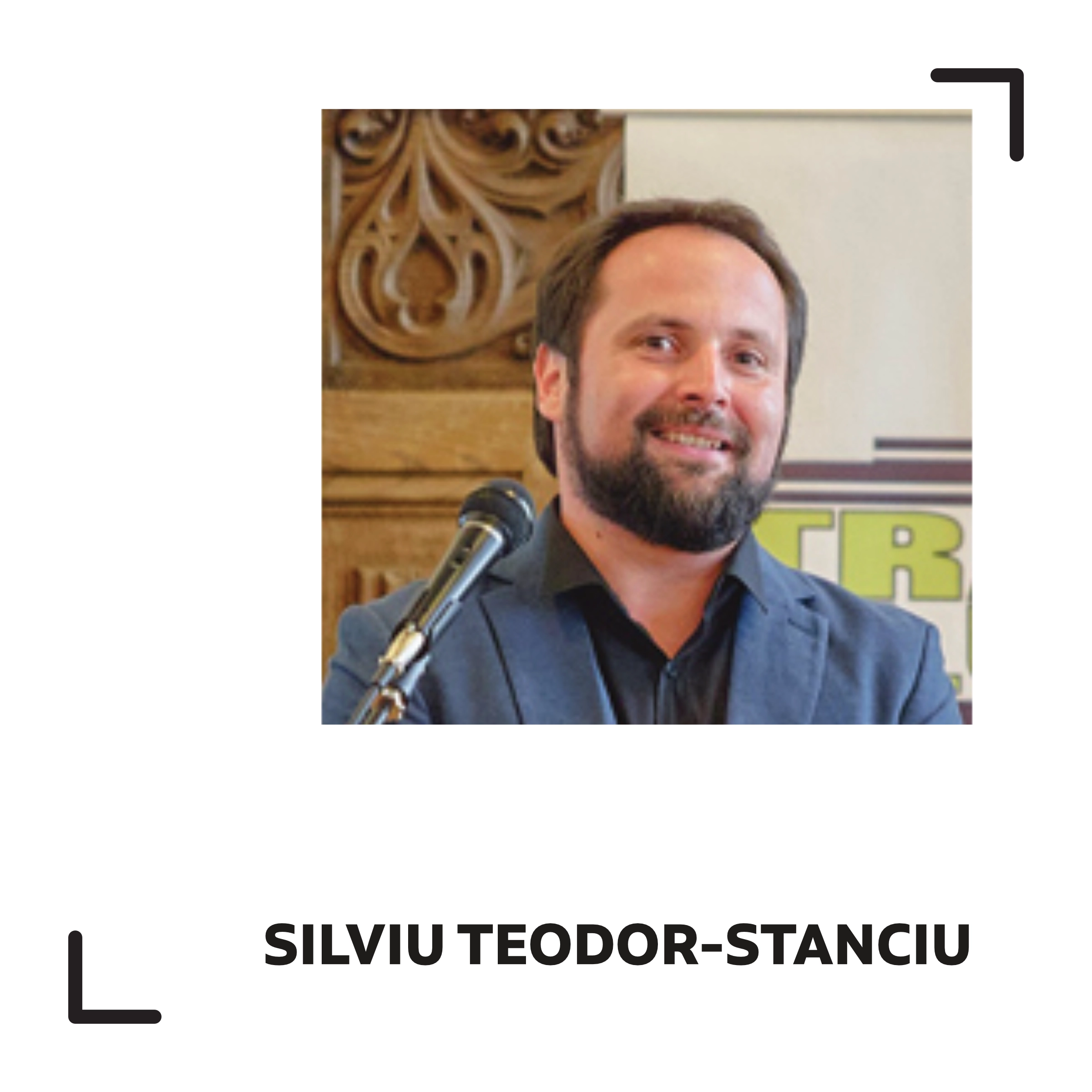We’re excited to introduce you the SF(a) season 3 CAST. The lectures are open to the public, you can participate even if you have not registered for the workshop.

Dan Perjovschi lives in Bucharest and Sibiu.
He draws critically with humor directly on the walls of art institutions around the world commenting politically, socially and culturally on the everyday of global society. His black and white drawings are visual editorials.
He has had solo exhibitions at Tate Modern London, MoMA New York, Macro Roma, Moderna Museet Stockholm, Reykyavik Art Museum, Vannabbe Eindhoven, Ludwig Cologne, Kunsthalle Hamburg, Nasher Museum Duke University or Kiasma Helsinki and group exhibitions at Center Pompidou Paris, Tate Liverpool, Castello di Rivoli Turin, MoMA San Francisco, MUAC Mexico, MAM Warsaw, MCBA Lausanne or MOT Tokyo.
He participated in Documenta 15 and the Istanbul, Venice, Sao Paulo, Moscow, Sydney, Lyon, Dublin, Iași, Timisoara and Jakarta art biennials.
He received the George Maciunas prize in 2004, the ECF Princess Margriet prize, Amsterdam 2012 (with Lia Perjovschi) and in 2016 the Rosa Schapire Kunsthalle Hamburg prize.
Perjovschi is the laureate of the Gheorghe Ursu Human Rights Foundation 1999 and the CERE Participation Civil Society Gala 2016.
From 1990 until today, he published drawings in Revista 22, Bucharest.
Since 2010, Ziarul Orizontal has been doing the art project in the public space in Sibiu.Since 2009 a drawn installation is permanently located in NTK National Technical Library Prague.

Dana Vais, PhD, is a professor at the Faculty of Architecture and
Urban Planning of the Technical University of Cluj-Napoca, where he teaches the
History of Modern and Contemporary Architecture and Dwelling courses. She received both the architect diploma (1989) and the PhD (2000) from the “Ion Mincu” Institute of Architecture of Bucharest. She is a member
DoCoMoMo as well as Housing group within EAHN (European
Architectural History Network). Recently, he was a visiting researcher at
Politecnico di Milano (2022). Her areas of interest are post-war modernism, the architectural discourse of the socialist period in Romania, socialist housing and the futuristic imaginary of the 1960s.

Matei Bejenaru (born 1963) is an artist and founder of Periferic Biennial in Iasi, Romania. Established in 1997 as a performance festival, Periferic transformed into an international artist-run contemporary art biennial defined as a platform for discussions on the historical, socio-political, and cultural contexts of the city. With a group of artists and philosophers from Iasi, Bejenaru founded the Vector Association in 2001, a contemporary art institution that supported the local emerging art scene to become locally and internationally visible. Together with a group of artists and professors he founded in 2015 the Center of Contemporary Photography in Iasi. Between 2011 and 2012 he was a visiting professor at Université du Québec à Montréal (Canada). He is teaching photography and video at “George Enescu” Arts University in Iasi.

Emanuela Ilie is a literary critic and associate professor at the Faculty of Letters “Alexandru Ioan Cuza” University of Iași. She has published eight books and numerous studies, articles and literary chronicles in cultural and academic journals. We mention the volumes “Hieroglyphs of the poets” (2008– Debut Award of the magazine “Convorbiri Literare”), “The Critical Dictionary of Iași Contemporary Poetry” (2011– The Prize for Literary Criticism of USR Iași), “Fantastic and Otherness” (2013) and” Bodies, Exiles, Therapies” (2020– The Prize for Literary Criticism of USR Iași and Award for interdisciplinary critical studies of “Ateneu” magazine). She is a member of the Romanian Writers’ Union and A.L.G.C.R.

Viola RÜHSE works as the head of the Center for Image Science and course director at the University for Continuing Education Krems in Austria. She studied History of Art and German Language and Literature at the universities of Hamburg and Vienna. She received her PhD with a dissertation on Siegfried Kracauer’s film writings (Viola Rühse, Film und Kino als Spiegel. Siegfried Kracauers Filmschriften aus Deutschland und Frankreich, Berlin/Boston: De Gruyter 2022). Her current main themes of research in addition to film theory are photography, modern and contemporary art, and critical theory. She also works as an artist/photographer. One of her critical essays was granted the Bazon Brock Essay Award.

Anca Horvath is an assistant professor with the Research Laboratory for Art and Technology at Aalborg University in Denmark. In her research, she investigates the relationships between emerging technologies, including computational design, digital fabrication, AI and bio-technologies, and creative practice, and their place in broader cultural contexts. She uses design-based research as a main methodology for inquiry and her projects have covered a broad range of scopes and scales – from jewelry to shoes, all the way to urban design. Prior to joining Aalborg University Anca has worked as an architect and computational designer in Romania and Denmark.

Radu Cucuteanu is a historian, translator and book editor, currently employed by the Junimea Publishing House in Iași. He has published numerous scientific articles, interviews, chronicles and book reviews in cultural and academic journals, some of which he has edited over time. He is in charge of the magazine “Suplimentul de cultură”, he is a member of the editorial board of the magazine “Romanian Journal of Modern History” and of the magazine “Scriptor”. He likes to laugh even when there is no laughing matter.

Silviu Teodor-Stanciu – designer and university lecturer at the Faculty of Visual Arts and Design (UNAGE Iași), is a person involved and active in the Iași cultural environment through artistic and design projects. “Iași – the city of painted trams”, “TramArt”, “Papatram and the company” are some of the most important projects carried out under the auspices of the Tramclub Iași association, whose activity has been coordinated since 2013. In collaboration with the Iași Public Transport Company laid the foundation for the establishment of the Iași Public Transport Museum, where rare vehicles are preserved, real landmarks of Romanian industry and design.
